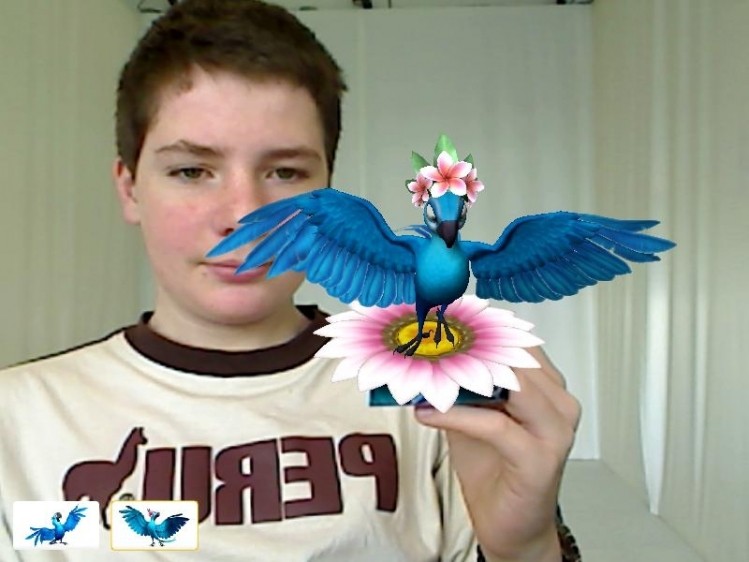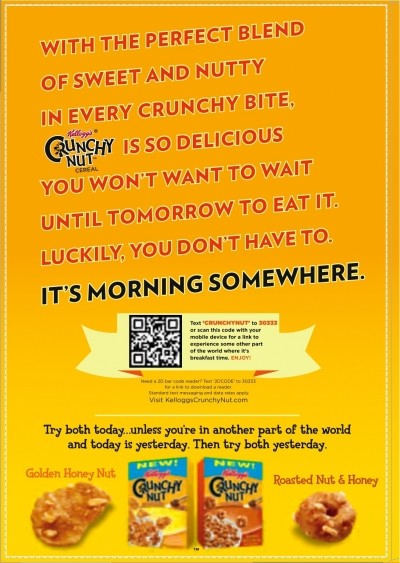Nestlé launches 3D breakfast cereal game globally following French success

The augmented reality technology was designed and developed by Dassault Systèmes a French company which specializes in "serious games" for major corporations.
In 2009, the two companies launched the technology in France, turning the cereal boxes into 3D videogame consoles.
A spokesperson for Dassault Systèmes told BakeryandSnacks.com that the augmented reality packaging was a great success in France, with 4.2m packets selling out.
Following this achievement, the concept has been revised and launched in many European countries, such as Spain, Germany and Russia.
A marker is being printed on 26m Nestlé cereal boxes for products such as Nesquik.
The packaging encourages consumers with web cameras on their computers to log into the company website and play an augmented reality game which stars the main character of the newest “Rio” animated film.
The game involves training the main character Blu to fly. The consumer has to tame the bird by feeding him cereal that can be virtually distributed due to the motion sensor on the packet.
The spokesperson said the technology brings benefits to the industry delivering accuracy of information, better training, medical simulation, and industrial and engineering productivity increases.
“It is also being used to help consumers make better purchase decisions and thus enjoy a better product experience,” he said.
Innovation
Market analyst Datamonitor said consumer packaged goods (CPG) companies are missing a trick by not realising the power of social gaming as a marketing tool.
“With a mere two per cent of marketing budgets going on digital media as a whole, CPG companies are neglecting the importance and relevance of social gaming to their marketing campaigns,” said Datamonitor.
Dedicating a larger budget to social gaming could prove very lucrative for CPG companies, said the market research company, with the number of social networking memberships set to continue to increase over the next four years – by 21.3m in the UK alone.
Datamonitor analyst David Bird said: “Social gaming could not be more relevant to CPG companies, yet they are far behind other industries in realising the potential. Consumers get extremely passionate about their food and drink choices specifically, and as games that ignite this passion do well, the two are a perfect fit.”
However, Bird warns that creating an original social game may appear easy but it is very hard to produce a game that combines addictive gameplay with a direct connection to a brand’s value.
He said that sponsorship and joint-venture game extensions could prove more successful.




